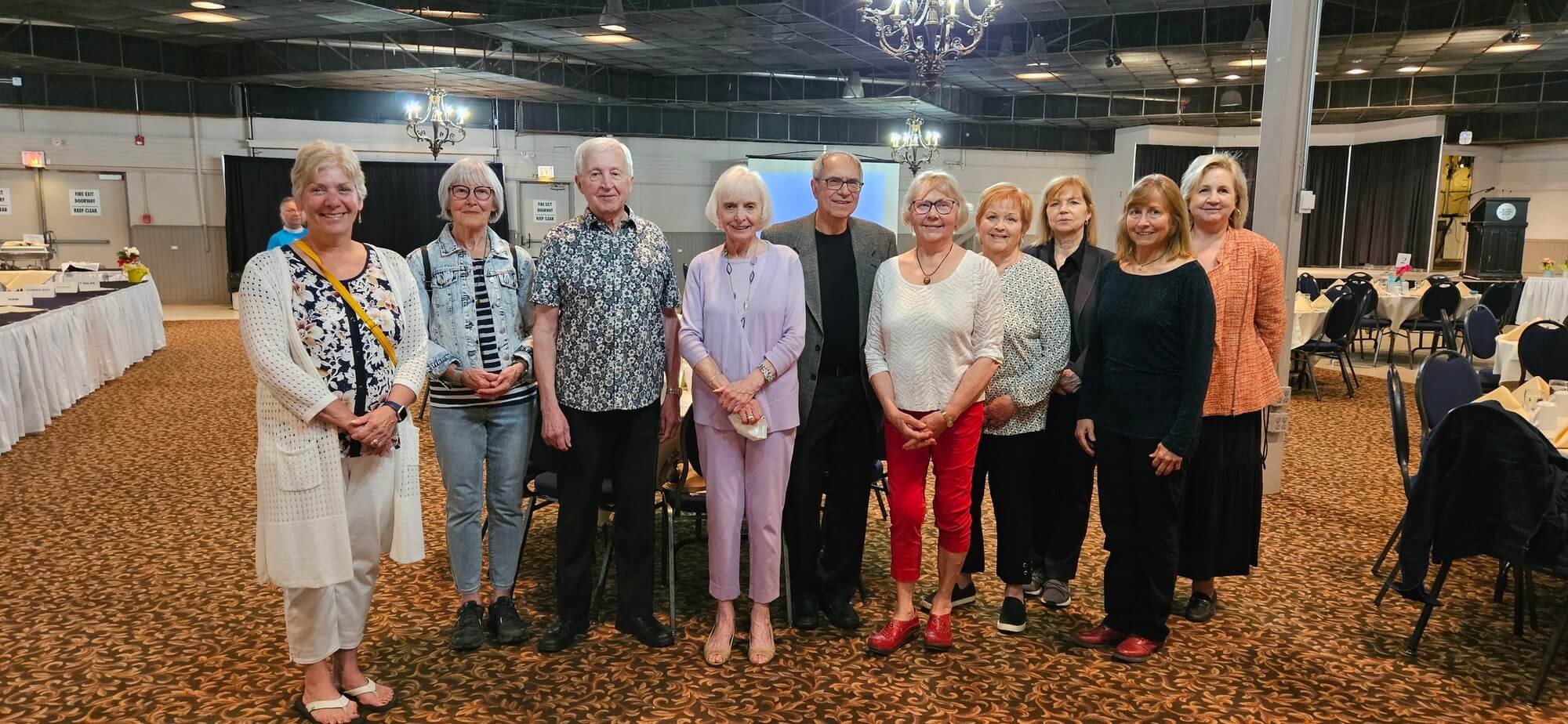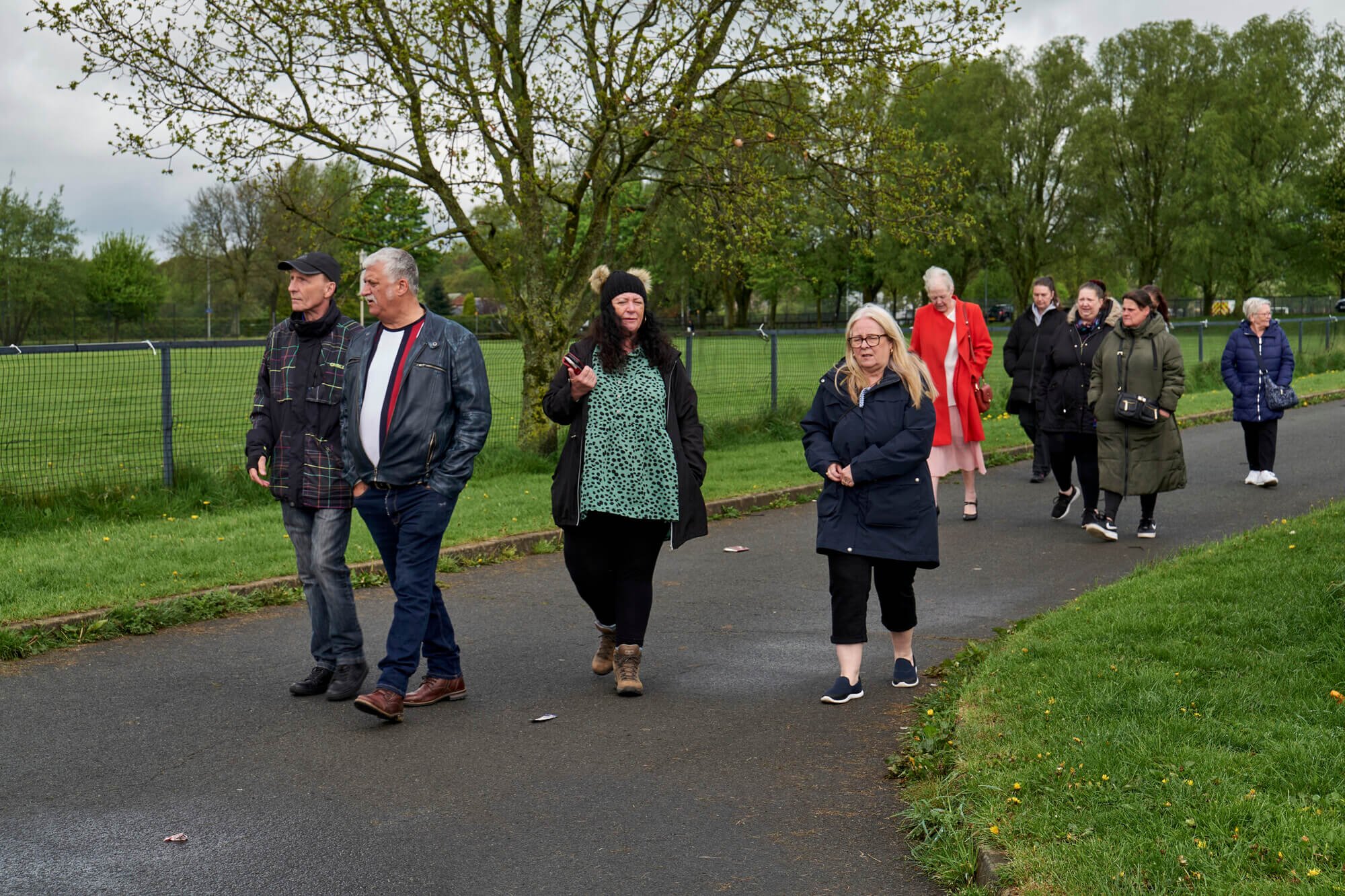
About SCOA Globe Walk
Introducing the Globe Walk Challenge
The SCOA Globe Walk Challenge was developed based on recommendations from the Age-Friendly Saskatoon Initiative - both born out of a collective desire to improve the well-being of older adults in our community. During SCOA-led community consultations, older adults highlighted the need for increased physical activity and social engagement, particularly during winter.
In response to this community feedback, SCOA introduced the Globe Walk Challenge. Globe Walk addresses the needs of older adults by promoting physical activity, fostering social connections, and providing a dynamic and fun way for them to stay active and engaged during the winter.
Explore the SCOA Globe Walk Challenge to discover how it has been transforming the lives of older adults in Saskatoon.
Discover the Blue Zones: Globe Walk 2024
Join us for SCOA Globe Walk 2024 as we discover the Blue Zones, five regions where the world's healthiest and longest-living people thrive.
These amazing Blue Zone locations include:
Okinawa, Japan
Sardinia, Italy
Nicoya, Costa Rica
Ikaria, Greece
Loma Linda, California
Discover the secrets to their longevity and embark on your journey toward a longer, healthier, and happier life by embracing the Blue Zone lifestyle.
Visit the Blue Zones website
How to Live to Be 100+ Dan Buettner -
View on YouTube
Frequently Asked Questions
-
A team can comprise any number of participants - whether just two individuals or a larger group of two hundred, every team size is welcome.
Are you looking for a team? Join our SCOA team by contacting the Globe Walk Coordinator at
-
We welcome teams from both Saskatoon and the surrounding rural areas. Even if you're a "snowbird" spending part of the year elsewhere, you can still join a team and email your STATS to your Captains.
-
No, it's not obligatory. Exercising together as a team is optional; some teams prefer group activities, while others complete their physical activities individually or in smaller groups.
Each team member will provide their Team Captain with monthly data on their total steps, distance travelled, or time spent on physical activity. All forms of physical activity count as eligible miles.
-
We convert your exercise into kilometres using a well-recognized standard: 1300 steps equal one kilometre, and half an hour of exercise is equivalent to two kilometres.
You'll provide your steps, distance, or exercise time to your Captain, who will handle your calculations.
-
Your Captain will supply you with a monthly calendar to monitor your progress. Printable calendars are also available on our Participant Resources page.
Many Globe Walkers use devices like Fitbits, pedometers, cell phone apps, or similar gadgets to track their miles/distance. At the end of each month, you'll submit your progress to your Captain, who will then relay the team total to the SCOA Globe Walk Coordinator.
-
No! The SCOA Globe Walk program is entirely free and accessible to all older adults in Saskatoon and the surrounding area.

Questions About SCOA Globe Walk?
Do you need assistance or have questions about the SCOA Globe Walk? Don't hesitate to get in touch - we're here to support you.


